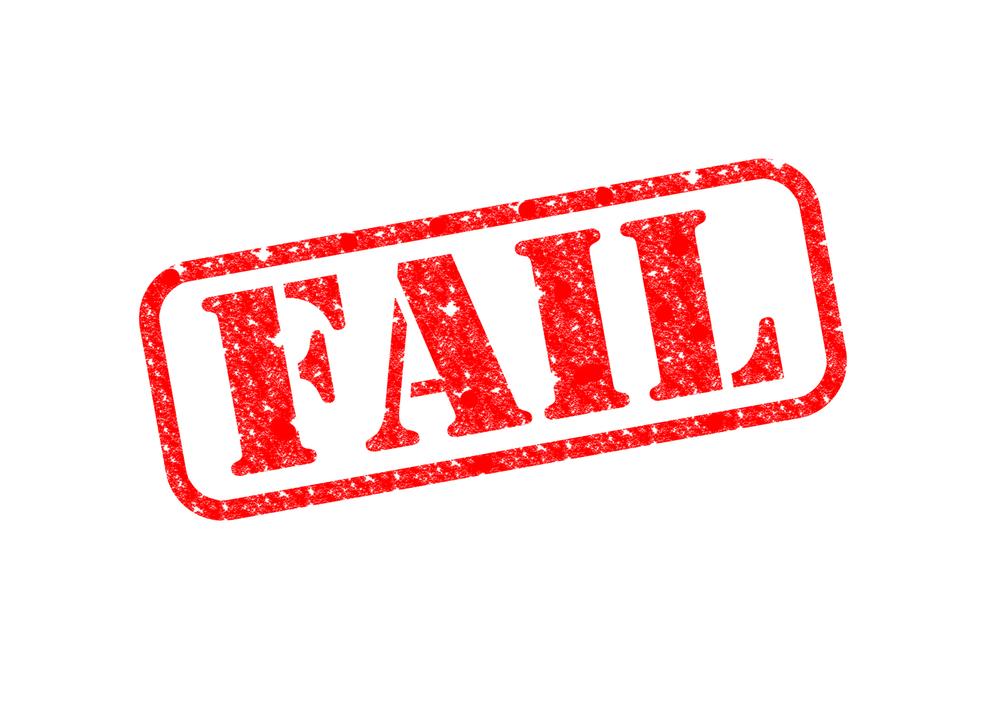
Opening Failures And How to Avoid Them
The Chess.com member yoavb2 said: “I read your ‘How to Reassess Your Chess 4th’ but fail in the opening, which makes me start with a disadvantage. How can I fix it?”
ANSWER:
I looked at several of your games (while ignoring bullet games, which won’t really tell me anything) and have come to this conclusion: you fail in the opening for an obvious and simple reason: you have no opening knowledge.
You clearly haven’t studied the openings. Since you don’t know anything past a few moves, and since you don’t know what the particular openings you play are all about (ideas, plans, typical tactical and positional patterns, goals), you will continue to get failed openings until you put your nose to the grindstone and learn a few simple openings.
Think about it this way: I know nothing about brain surgery. Nada. But, if I was asked to cut into a few peoples’ heads I am quite sure I would kill them all (I wouldn’t mean to, but that would be the result).
Why? Because I have no knowledge of the subject! If you have no understanding of something but give it a try anyway, expect a disaster. In many cases that’s okay since you can learn from your mistakes. But why try and recreate something when a bit of study can propel you far up the food chain?

In other words: nobody can help you in this. You need to help yourself by putting some energy into that initial phase, just like everyone else has to do.
Here is one of your games where you decide to try the King’s Gambit:
Memorizing my whole book (How to Reassess Your Chess, 4th edition) won’t help you if you enter sharp openings that you have no knowledge of. Even masters will often fall on their face if they play an opening they don’t understand, so you shouldn’t expect good things to happen to you if you do the same.
The following example doesn’t speak well for either side:
This game brings up another important point: you have to notice the pace of the game after the first few moves and act accordingly. That means you need to know some basic opening concepts (castle quickly, don’t move the same pieces over and over again, develop quickly, try to control the center, etc.) and basic positional ideas (don’t create weak squares in your camp, don’t block pawns that are needed to challenge for the center, don’t block your own pieces with your pawns, etc.).
ADVICE
Pick a few openings that attract you, but make sure they aren’t memory intensive. At first you just want to get your pieces out, create a good pawn structure, and get to know the ins and outs of the systems you’ve chosen. Once you have a solid opening repertoire, and once you’re stronger and have more experience, you can reach for more. But, for the present time, baby steps!
BUT, THE REAL REASON I DECIDED TO DEDICATE AN ARTICLE TO Mr. yoavb2 is the very instructive battle below, which makes him look like a very different (much stronger) player than the other games lead us (me and the people who just looked at the games above) to believe. My notes (much of the time) will be aimed directly at yoavb2.
4.d3 is perfectly playable, but why push the pawn to d3 at this moment? My only guess is that you wanted to threaten Bg5, but it’s really not a threat. More constructive was 4.0-0 not only getting your king out of the center but also defending the vulnerable f2 and g2 pawns. Once your king is safely castled you can try and punish Black’s early queen move by cracking open the center with a straightforward d2-d4, or c2-c3 first (now or later). By playing an early d3 you would lose a full tempo if you decided to push it to d4.
Tossing options into the garbage too early is playable (especially if you have the White pieces), but why throw your “money” away when you don’t need to? Let’s take a look at 4.0-0:
So, should White give up all those juicy ideas just to make that solid but unnecessary d2-d3 move? I think not!
Okay, back to the actual game:
This (which, as before, is a very playable move) makes me think that White is afraid of doubled pawns. First he played 6.Qe2 so he could recapture with the queen after his Be3, and now he prevents doubled pawns again when an other option would take advantage of White’s lead in development.
Let's take a look at what I consider to be White's thematic move:
Once again, back to the actual game!
In this game White played way, way above his rating. Nevertheless, he didn’t use the imbalances properly in that once you get a certain imbalance you should try and make use of it. This can occur right in the opening or later on. In this case, White’s moves were always logical, but he wasn’t quite able to take note of the positive imbalances in the position and play moves that cater to them.
Some Key Points:
- If possible, seriously think about getting the advantage of the two bishops IF you feel the center will eventually burst open.
- Make use of your lead in development. If you don’t do this, then the opponent will eventually catch up.
- Doubled pawns aren’t always bad. And if you allow them to be doubled so you can make other gains, don’t hesitate to do so.
- One-move threats (which Black continually did) often do nothing more than create weaknesses in one’s own camp.
- White needs to do some work on his tactics. He created a great tactical concept in this game, but it was easy to refute. And he also missed the “get the knight into the game” move, Nh3-f4-d5.






